
It’s finally here. Or rather, it’s been here for a good while but either way, Metal Gear Solid 5: The Phantom Pain is finally available to all and sundry to play, enjoy and marvel at. From a technological standpoint, the game interests us greatly. Even though Metal Gear Solid 5: Ground Zeroes offered a look at the capabilities of FOX Engine and its overall performance in the open world, the result is now roughly 18 months old. Kojima Productions would have had time to refine and optimize the engine for The Phantom Pain, especially to take advantage of current gen consoles, while showcased just how well it performs in larger game-based scenarios.
The FOX Engine itself was developed by Kojima Productions to serve as a multi-platform engine for previous and current gen platforms going forward. The engine is meant to cut down on the production time of such titles and has been featured in the likes of Pro Evolution Soccer 2014/2015/2016 as well as Metal Gear Solid 5: Ground Zeroes and The Phantom Pain. Despite frame rate drops in Ground Zeroes for previous gen consoles, the FOX Engine stood out for its material based rendering, photo-realistic detail and incredibly powerful asset streaming.
Head to head comparison between the Xbox One [left] and PS4 versions.
This allowed for some awesome vistas seen in Ground Zeroes though there were limitations on the PS3 and Xbox 360. The PS4 and Xbox One were a different matter however, mixing 60 FPS frame rates with a 1080p resolution on the former and 720p resolution on the latter. Even the lighting system, environmental effects, ambient occlusion, motion blur and draw distance stood out amazingly well despite the somewhat limited anti-aliasing, similar looking buildings and limited environmental destruction.
It’s important to note that the PS4 version of Ground Zeroes was the superior one of the bunch but with The Phantom Pain, there’s the PC version to consider as well. Right off the bat, the PS4 version has several advantages. Along with a 1080p resolution and 60 FPS, it makes use of superior skin shading on character models. If you take a look at Kaz’s face or for that matter anybody’s face you will see that they give off a more subtle effect compared to the Xbox One.
The PS4 version also has much better motion blur than the Xbox One, however draw distances across both current gen consoles in Afghanistan and Africa remain the same. The game also features similar volumetric and alpha effects including object geometry and details. The FOX Engine’s materials-based lighting results in bloom and alpha effects on both the current gen versions. The PS3 and Xbox 360 versions compromise greatly on the above fronts for understandable reasons.
Metal Gear Solid 5 The Phantom Pain: PS4 vs Xbox One vide comparison along with PC 4K and 1080p minimum frame rate benchmarks.
Konami has made a fairly big deal about the differences of Metal Gear Solid 5: The Phantom Pain across different platforms. The Xbox One and Xbox 360 versions have been compared to show off the differences in resolution, with the former being bumped up to 900p resolution and the latter still stuck at 720p resolution. When comparing the Xbox One’s resolution to PS4, image quality obviously suffers a bit at 900p resulting into artefacts on nearby objects at times since the console is upscaling it to 1080p. However the bump from 720p resolution to a native 900p resolution on the Xbox One version of Metal Gear Solid 5: The Phantom Pain is much appreciated though. It’s a great improvement on the 720p resolution in Ground Zeroes and matches up better to the PS4’s native 1080p rendering.
Just like Ground Zeroes, the game uses hardware based AA which is close to FXAA post processing. Due to this image quality on consoles takes a slight hit but the physically-based lighting is a treat to look at and Kojima Productions doesn’t shy away from the several gimmicky effects, further enhancing the cinematic quality of the game.
Head to head comparison between the PS4 [left] and PC versions.
Unfortunately, there are some drawbacks. Shadow dithering can be observed at times which seems to be a major problem on current gen consoles. The implementation of ambient occlusion is also inconsistent at some places. Fortunately, both consoles maintain a solid 60 frames per second performance with some drops during more strenuous and action packed sequences.
For a change, the texture filtering quality is very similar for PS4 and Xbox One. Ironically, it looks poor on both consoles with the PS4 offering a slight advantage. In contrast the PC version takes the lead here with better Anisotropic Filtering.
Then we come to the PC version, which received an Nvidia GeForce 355.82 WHQL Game Ready driver at launch. This enabled the use of Nvidia’s Dynamic Super Resolution which renders the graphics at higher resolutions like 4K and then downsizes it back down to fit your monitor, delivering crisper details overall. Of course, 2K and 4K native resolutions are also supported here. The PC version also takes advantage of ShadowPlay and HBAO+ Ambient Occlusion, the latter being a giant improvement over SSAO. Other graphical options include motion blur, post processing, lighting, effects, ambient occlusion, textures, model detail, texture filtering, shadows and Auto settings for frame rate with V-Sync included as an option.
Metal Gear Solid 5: The Phantom Pain’s PC Graphics Settings and Options.
We tested Metal Gear Solid 5: The Phantom Pain at 1920×1080 resolution on an Intel Core i7-5960X and 16 GB of RAM and achieved the following frame rates across differing GPUs:
1920×1080 [minimum fps]:
GEFORCE GTX 980 4GB: 55 fps
RADEON R9 290X 4GB: 48 fps
RADEON R9 290 4GB: 45 fps
RADEON R9 7970 3GB: 39 fps
GEFORCE GTX 950 2GB: 31 fps
GEFORCE GTX 750 Ti 2GB: 23 fps
3840×2160 [minimum fps]::
GEFORCE GTX 980 4GB: 24 fps
RADEON R9 290X 4GB: 18 fps
RADEON R9 290 4GB: 16 fps
RADEON R9 7970 3GB: 12 fps
GEFORCE GTX 950 2GB: 9 fps
GEFORCE GTX 750 Ti 2GB: 7 fps
Both versions still resemble each very close when it comes to draw distance, shadows and frame rate performance which is good news overall. The weather effects, volumetric effects, lighting effects during day-night cycle, rain and sandstorm and several other alpha, volumetric and physical effects are identical across all three versions. As it stands, Metal Gear Solid 5: The Phantom Pain does indeed show off the capabilities of the FOX Engine on current gen consoles, even with the odd few limitations in anti-aliasing and ambient occlusion.








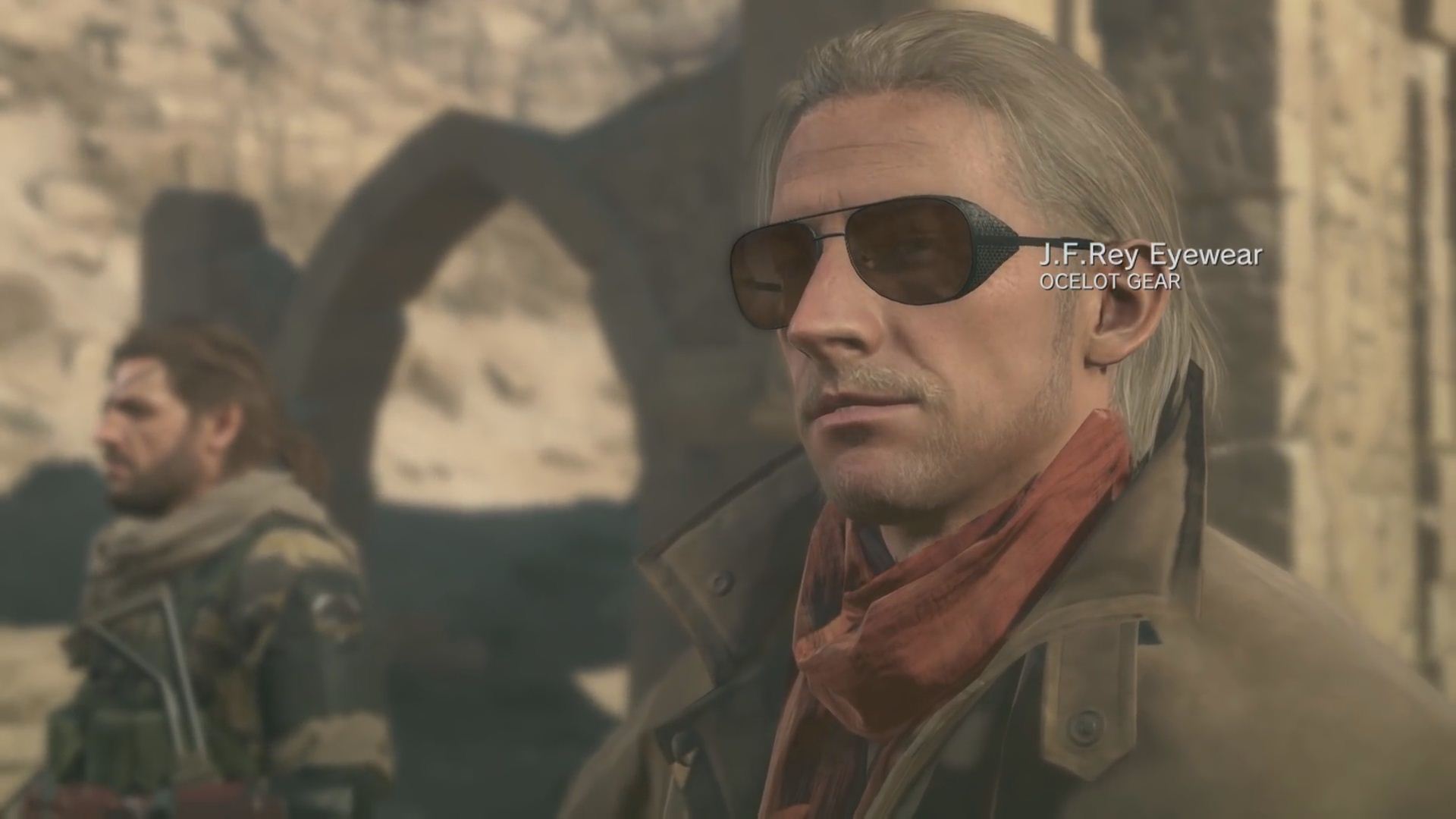
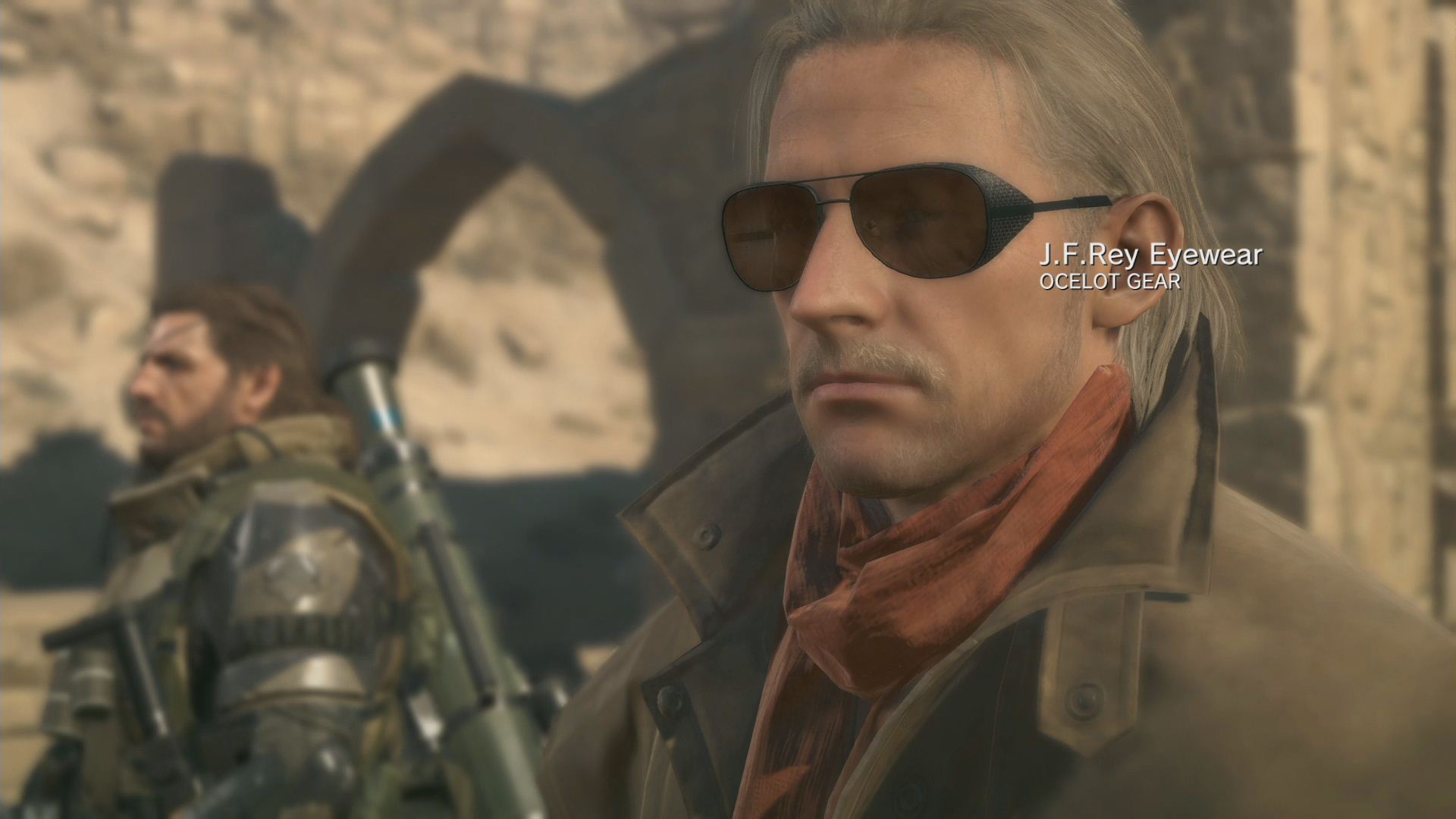
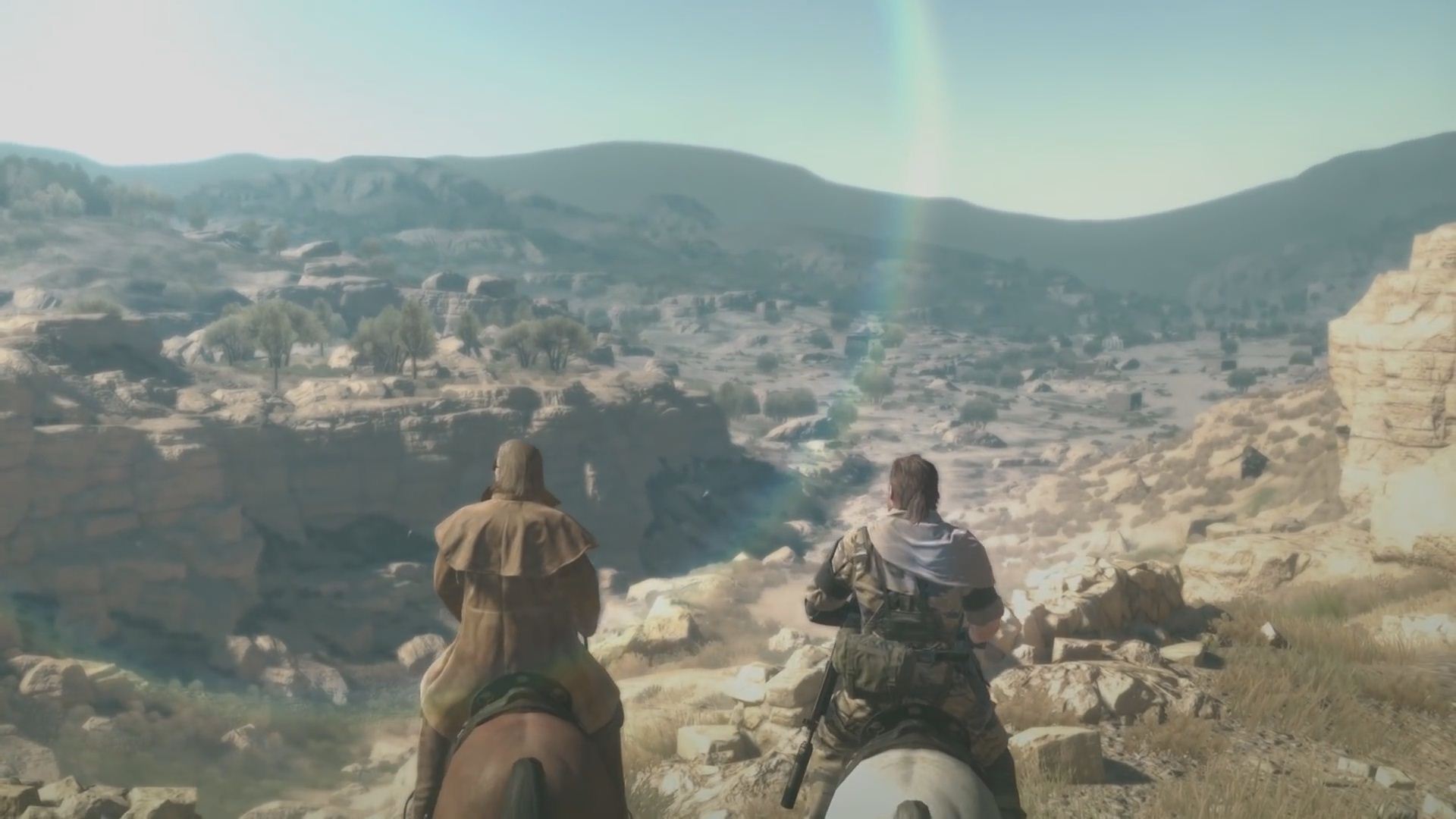


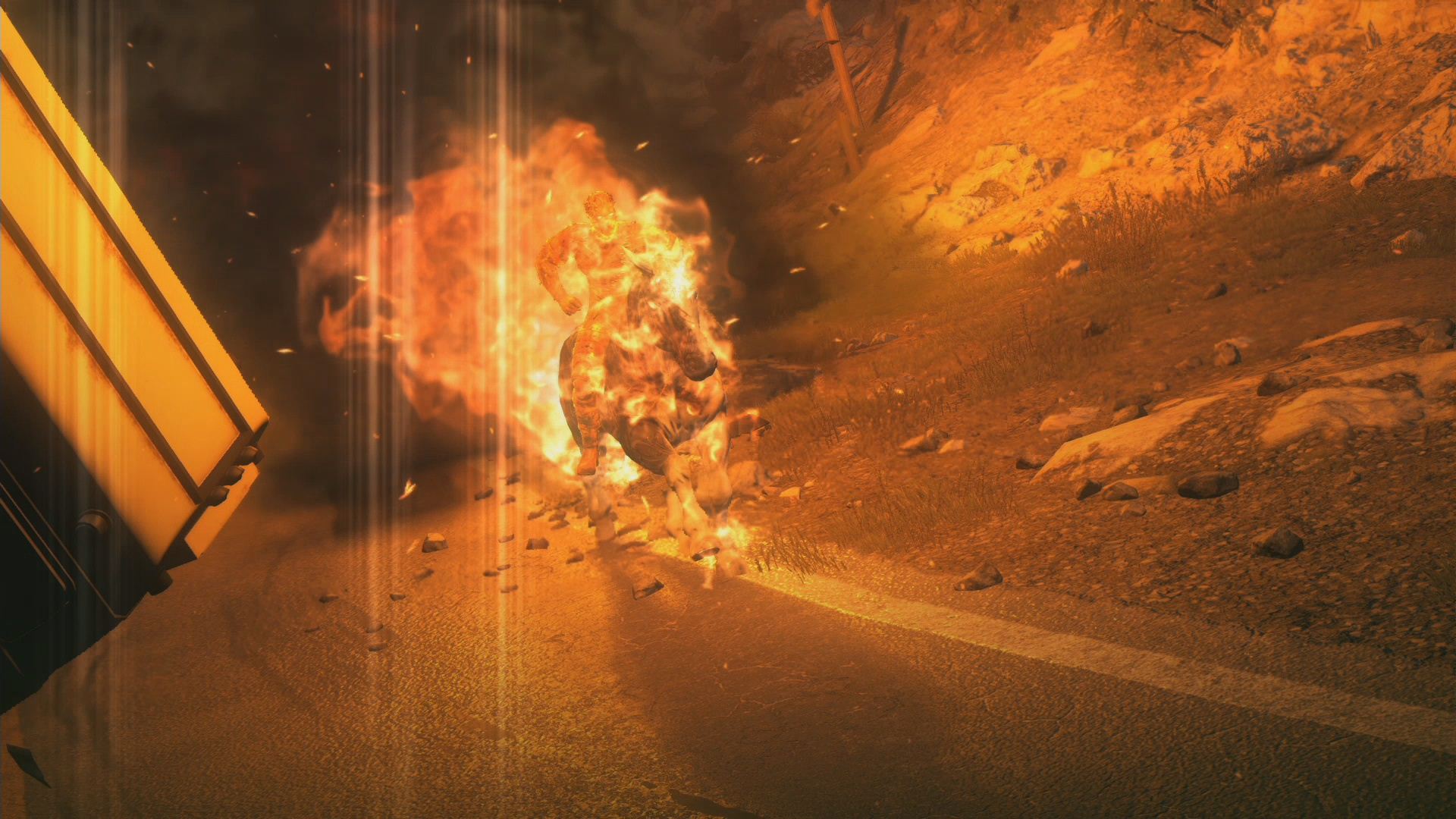
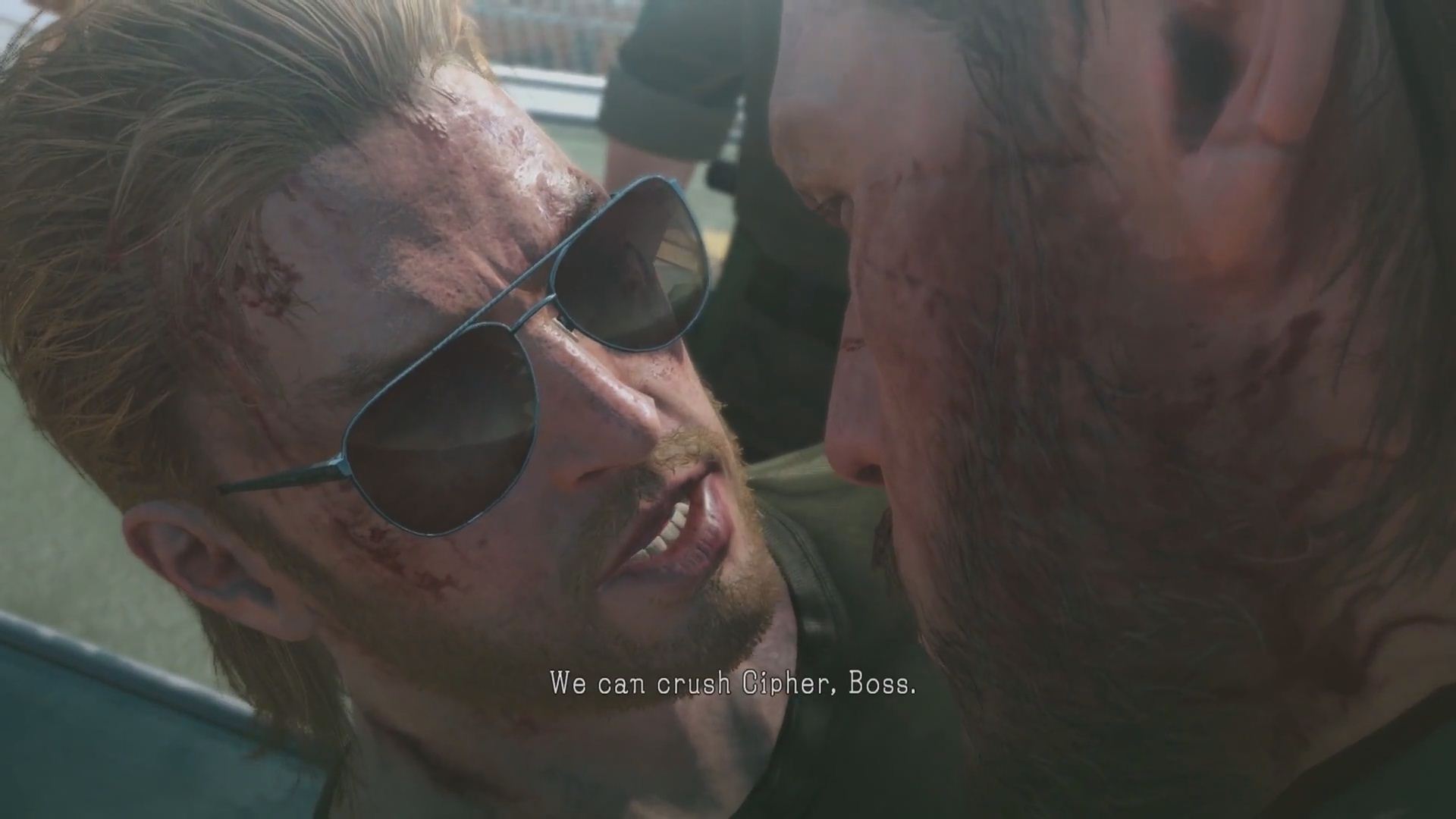


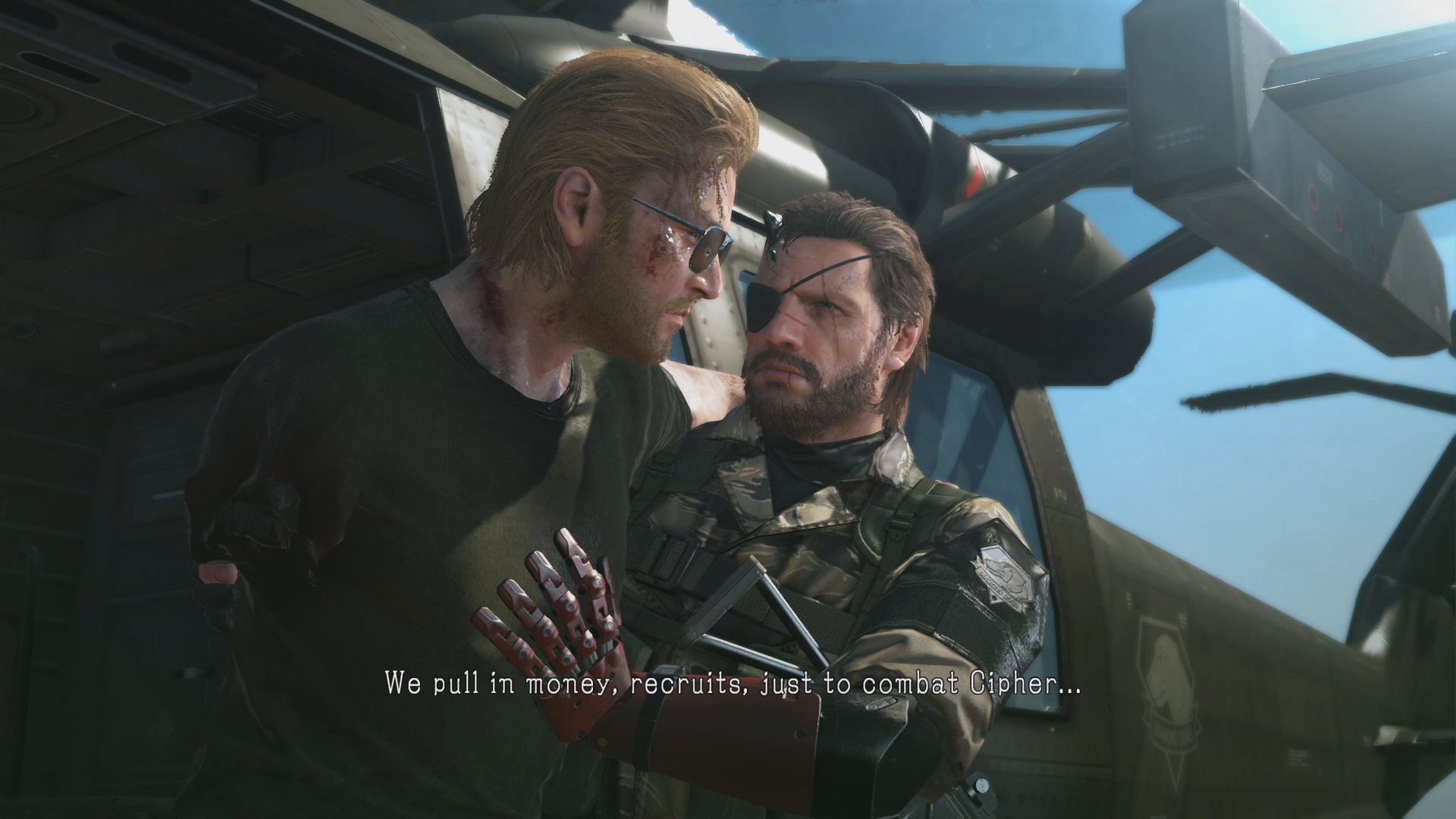

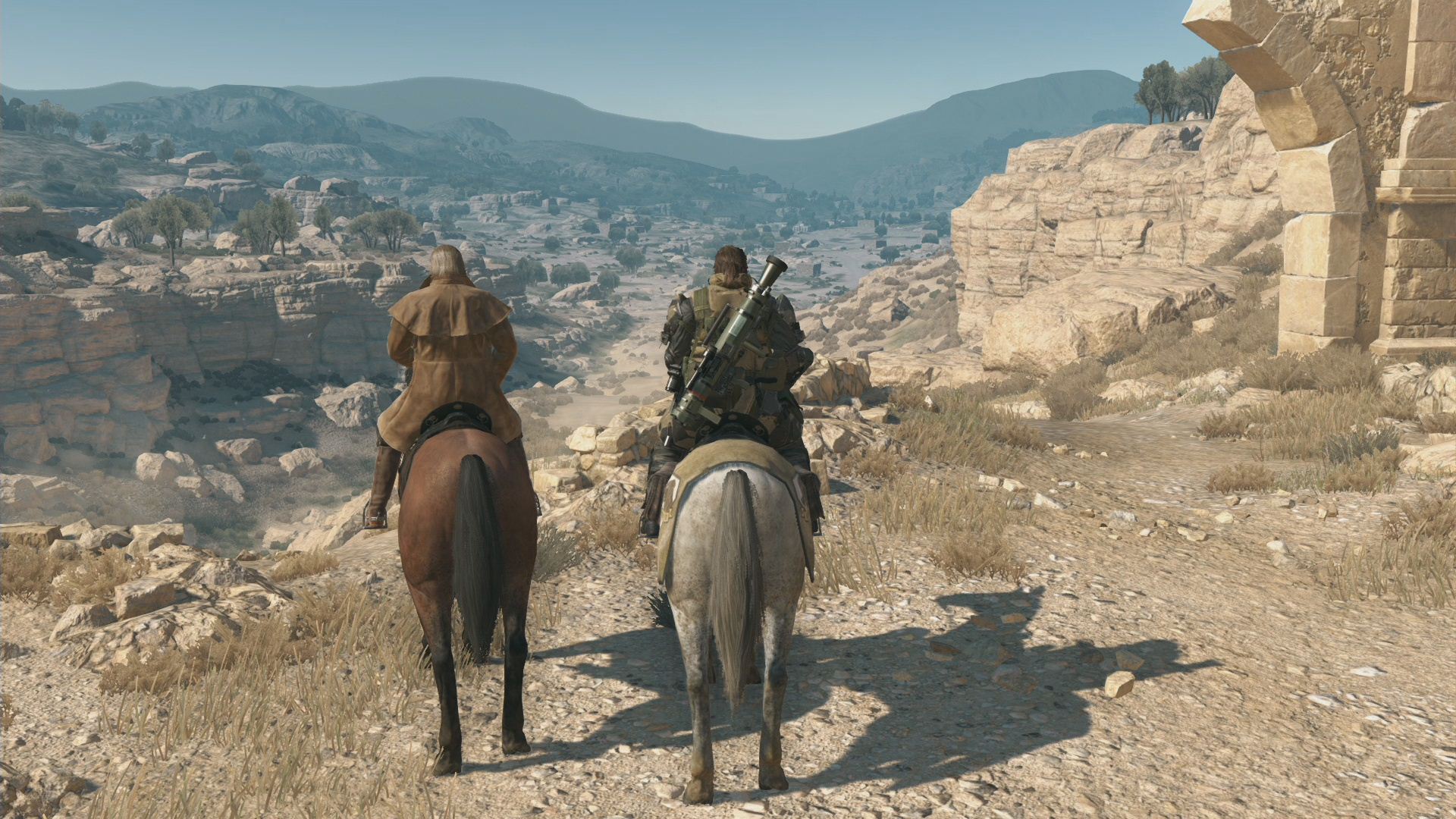
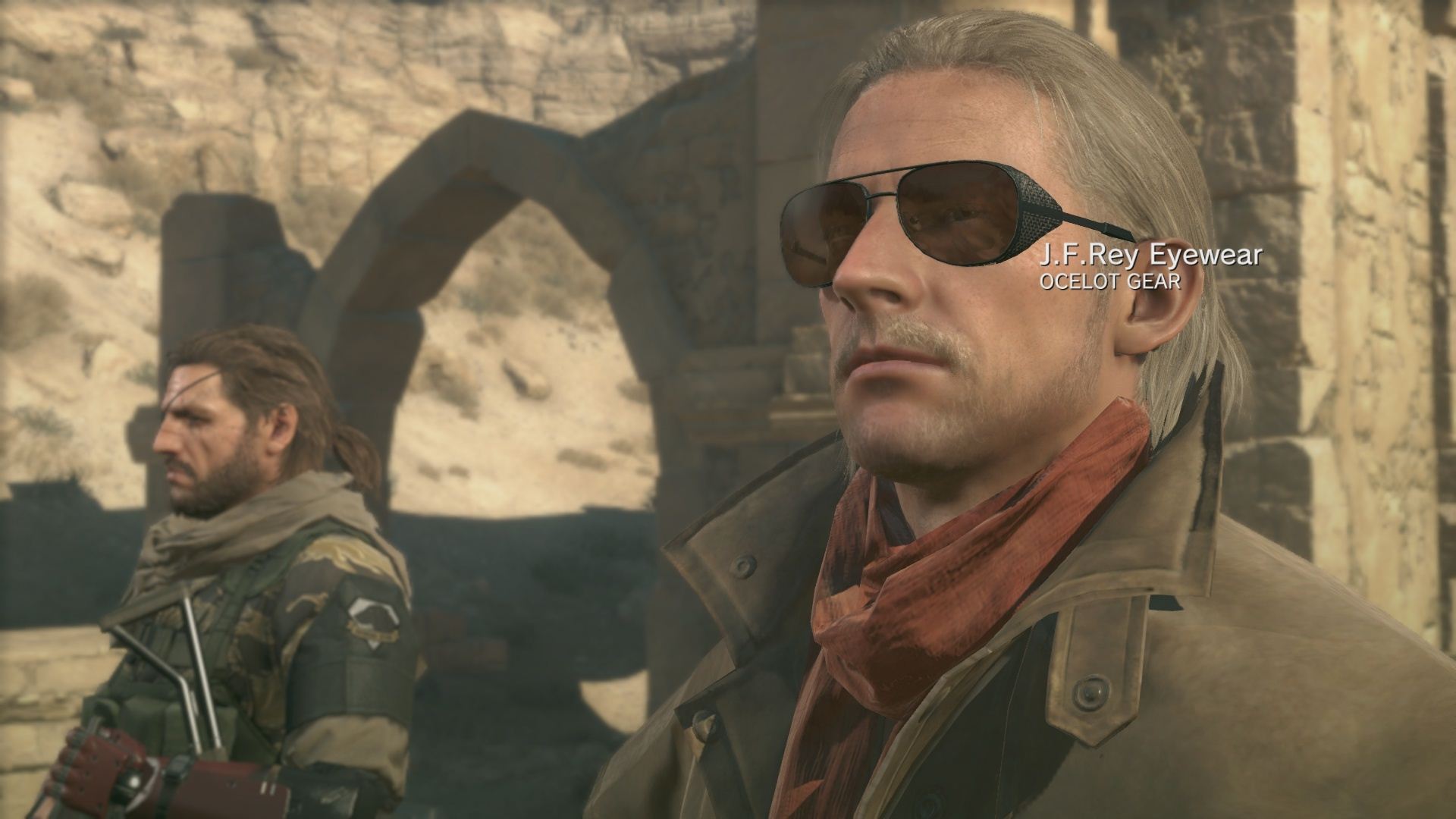




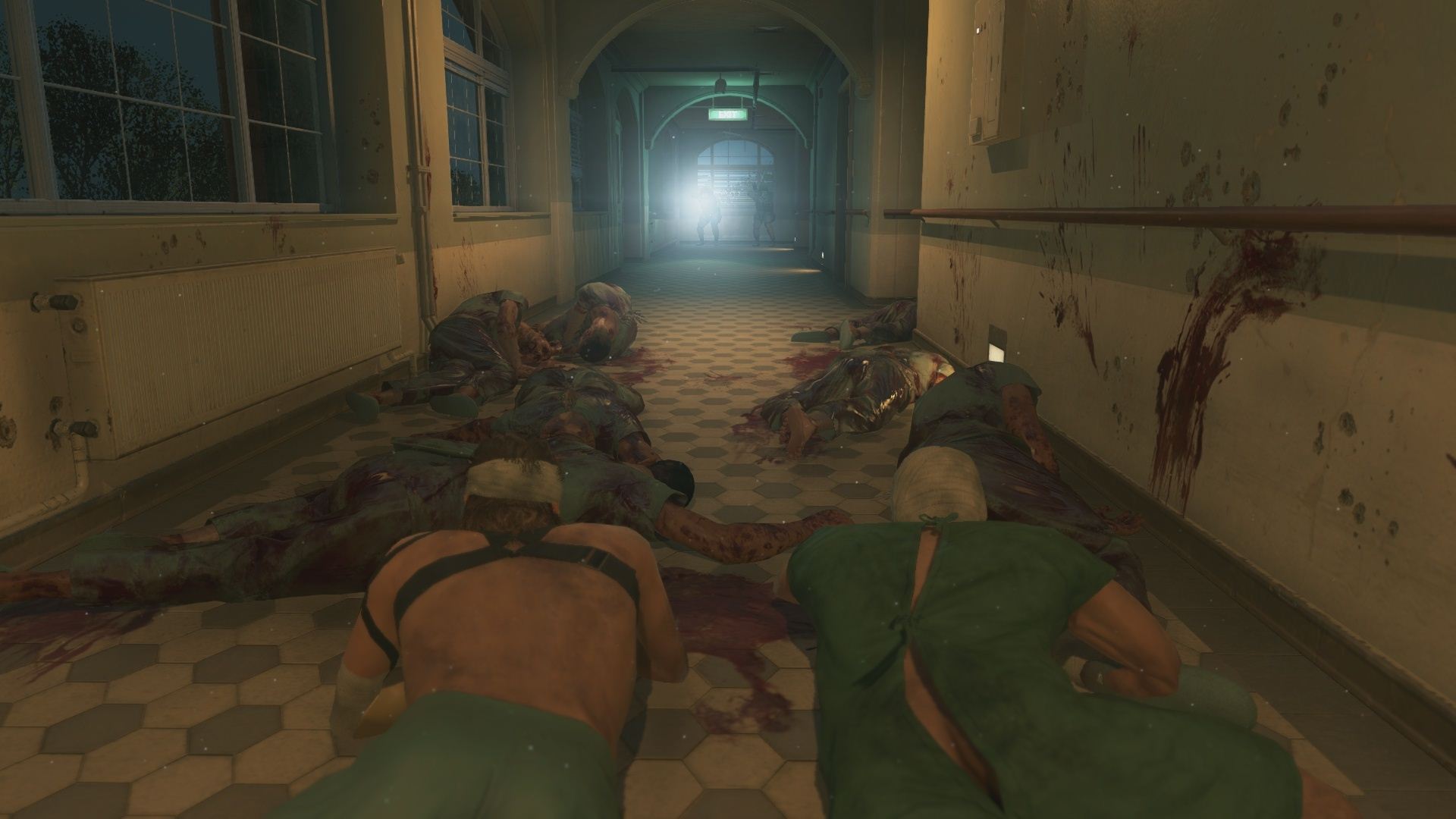
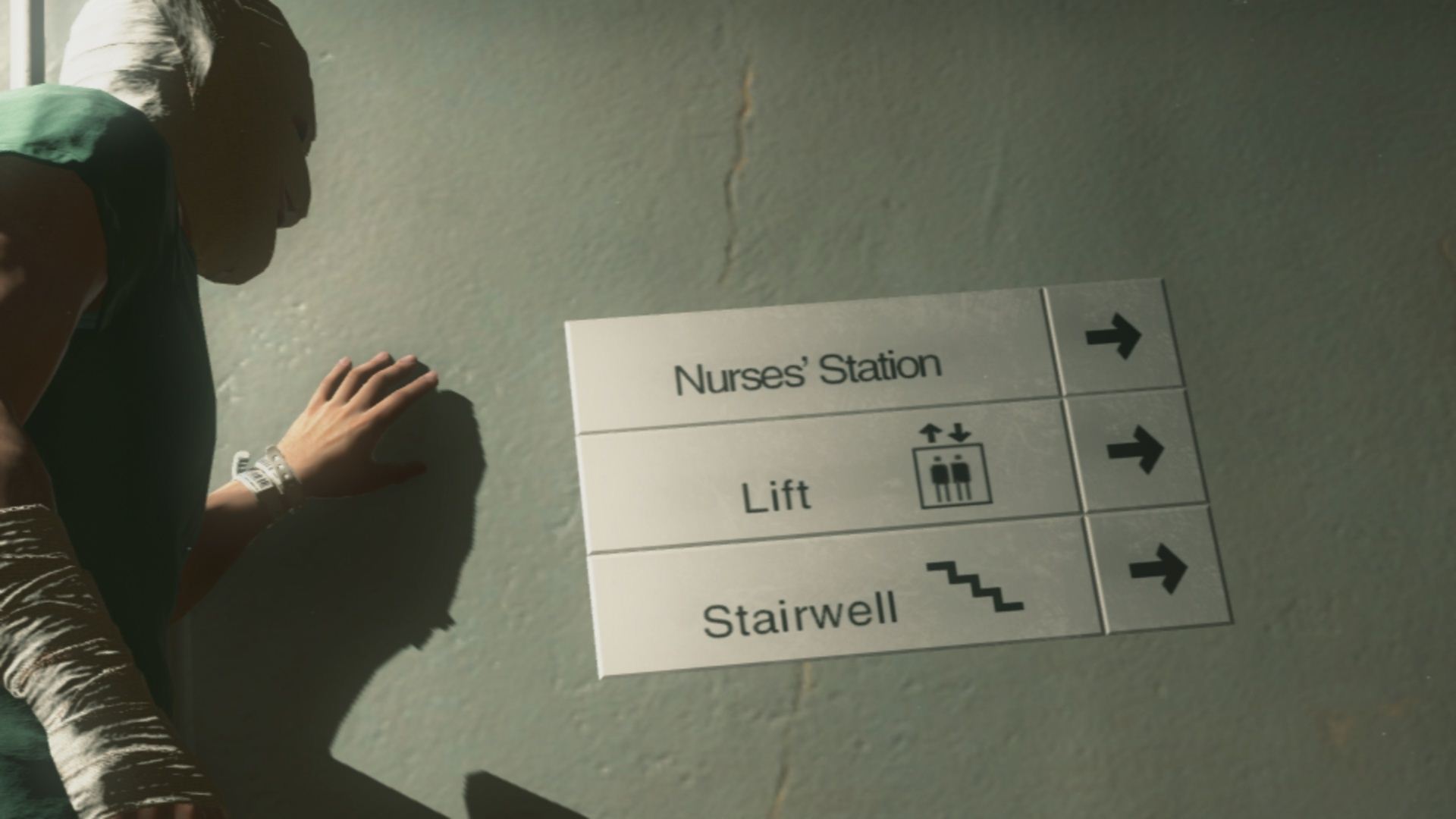
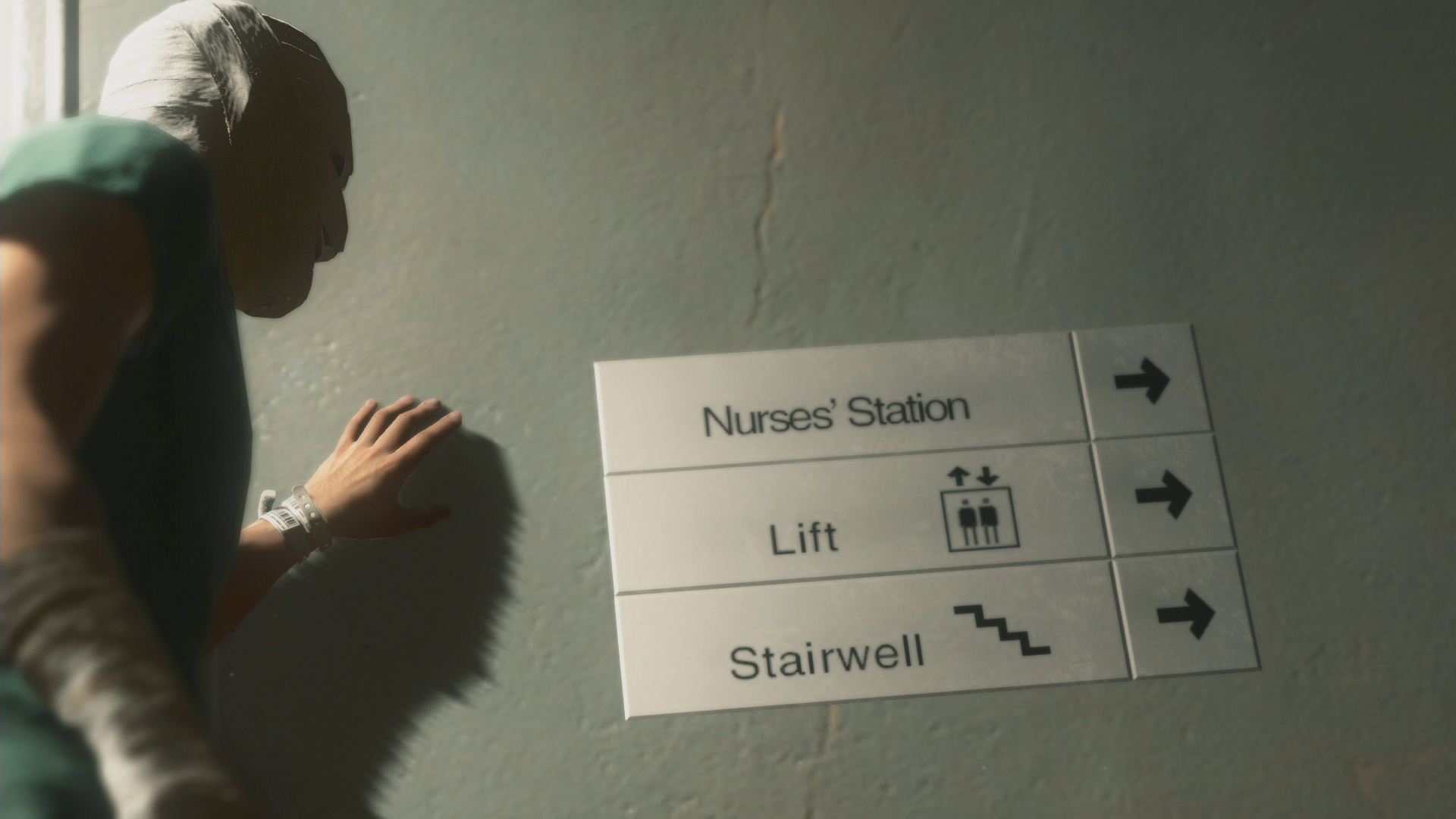
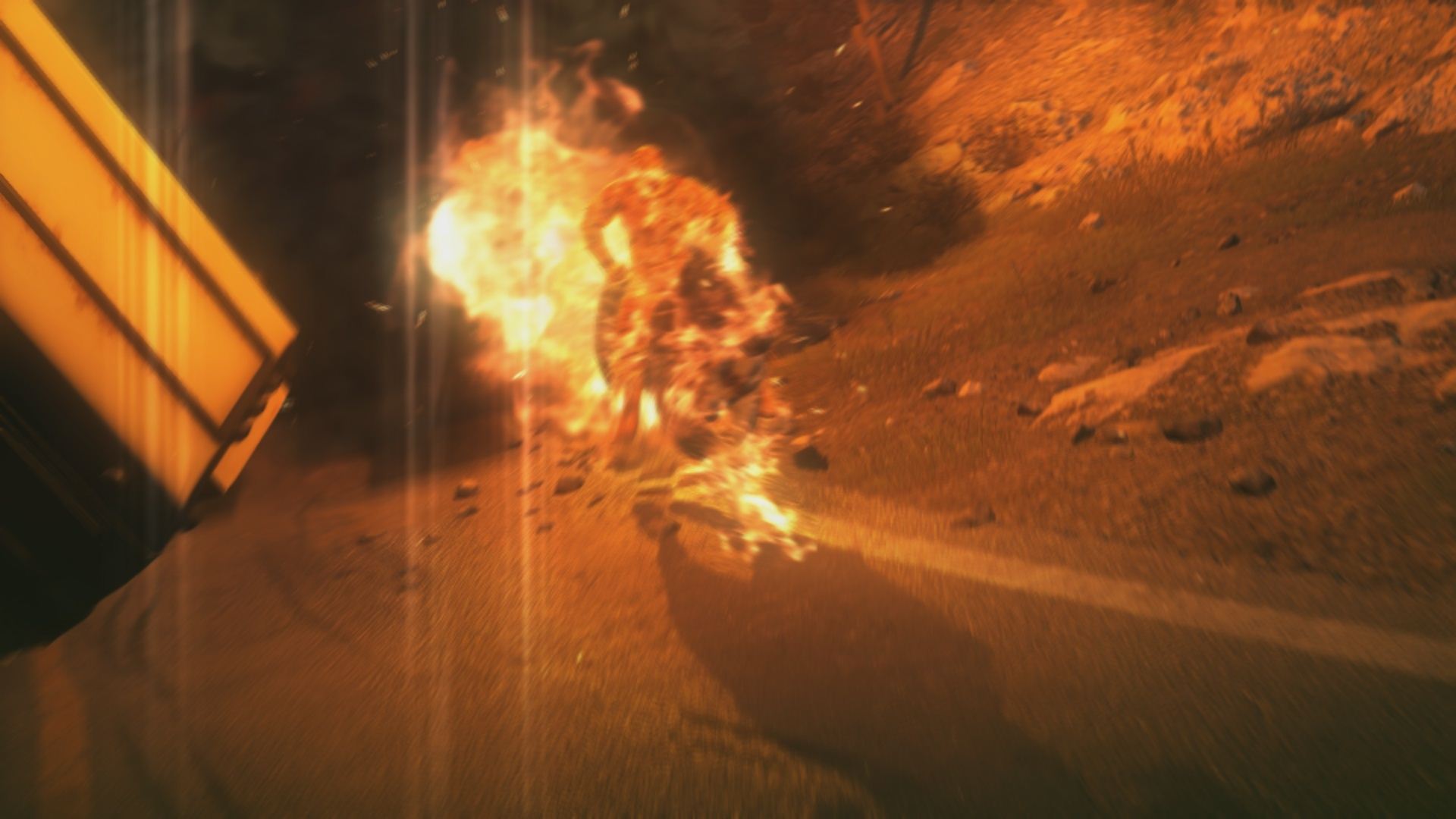
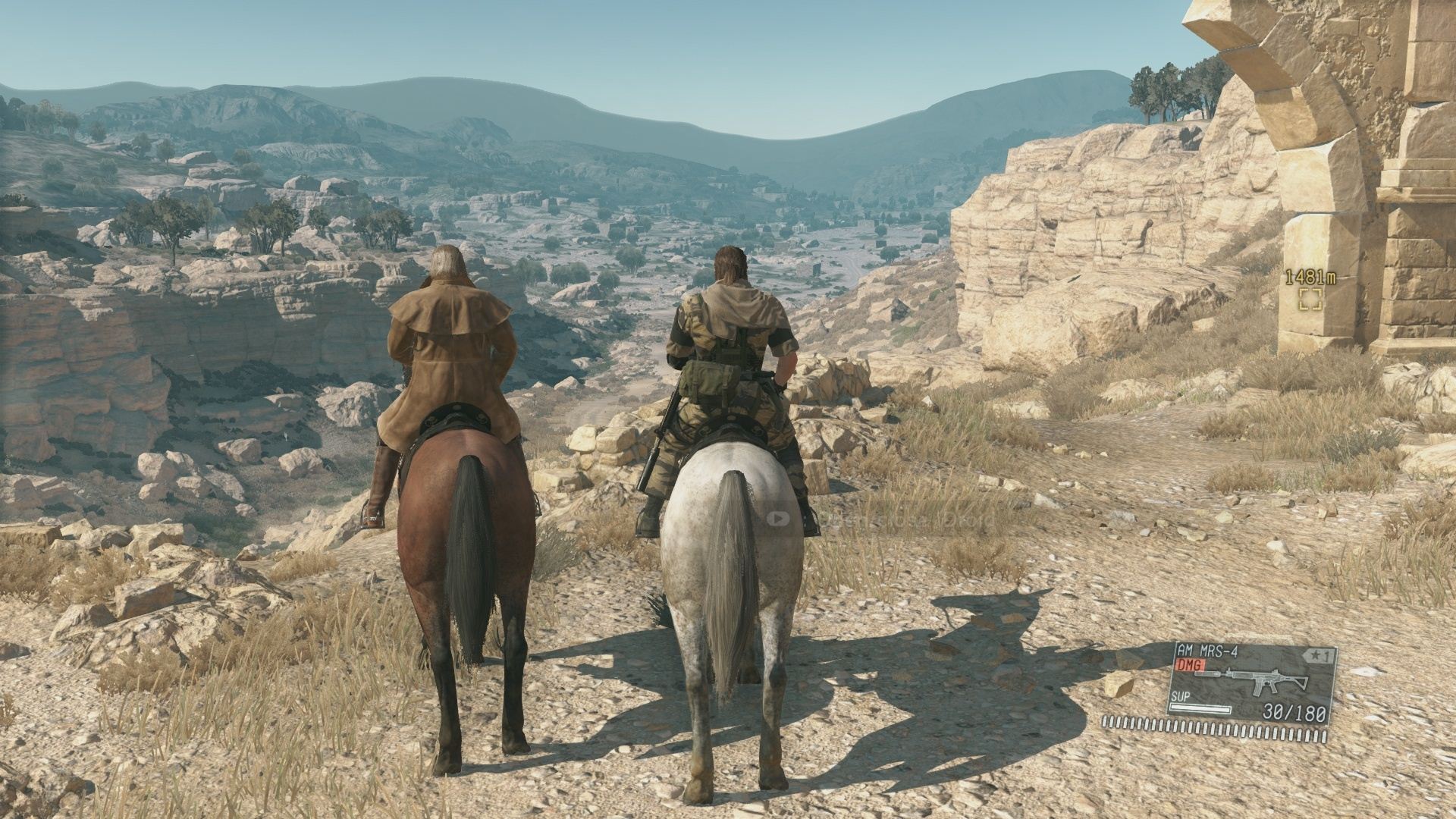
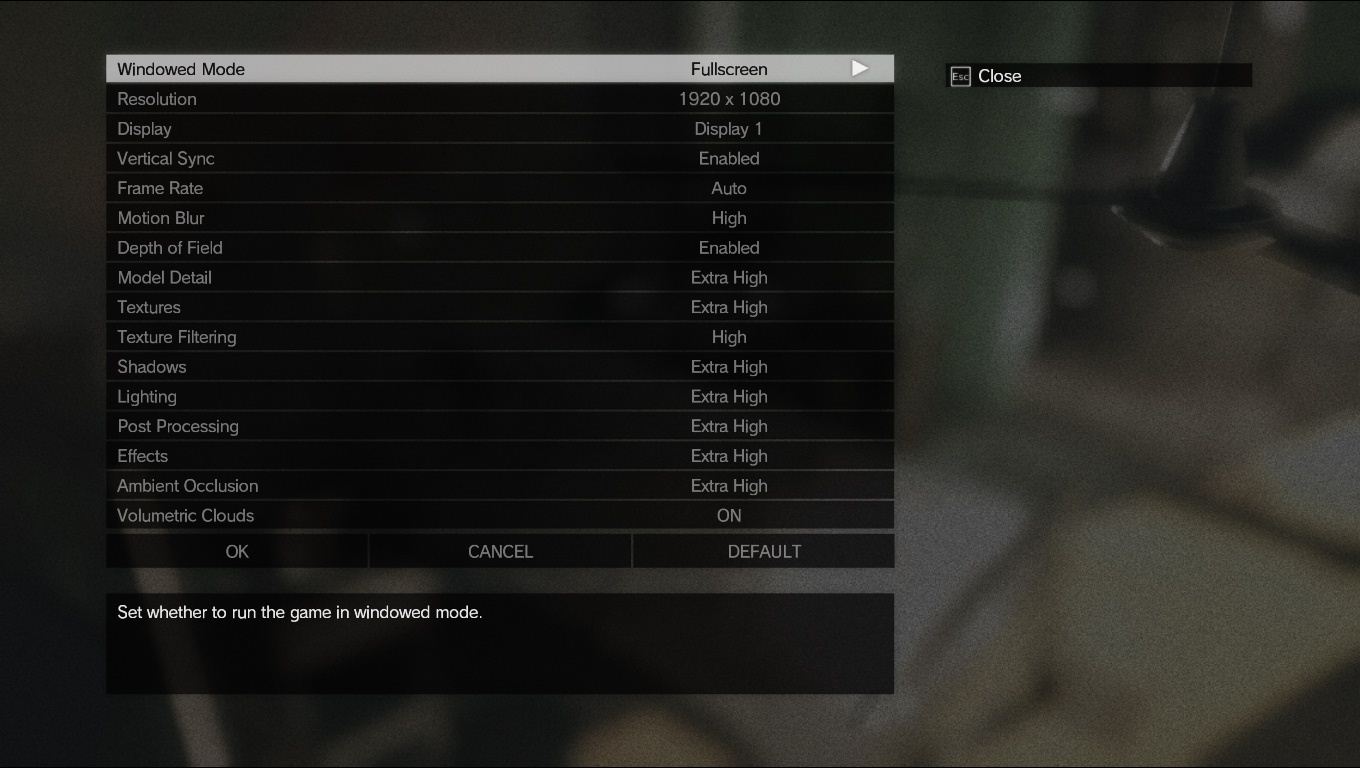

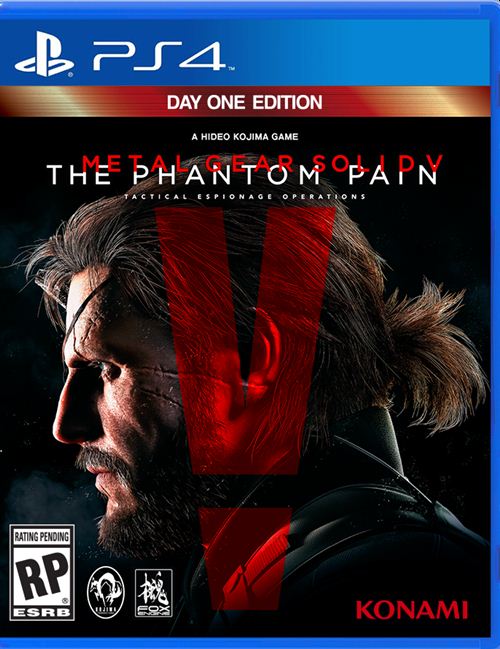
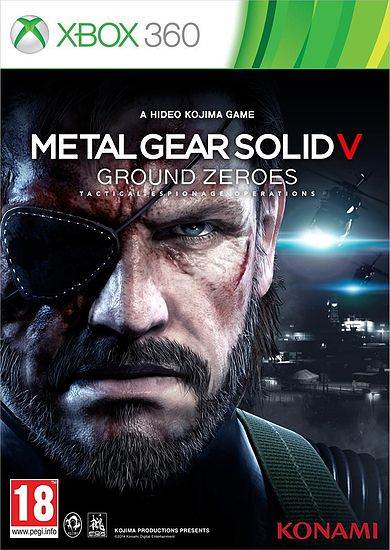







Share Your Thoughts Below (Always follow our comments policy!)